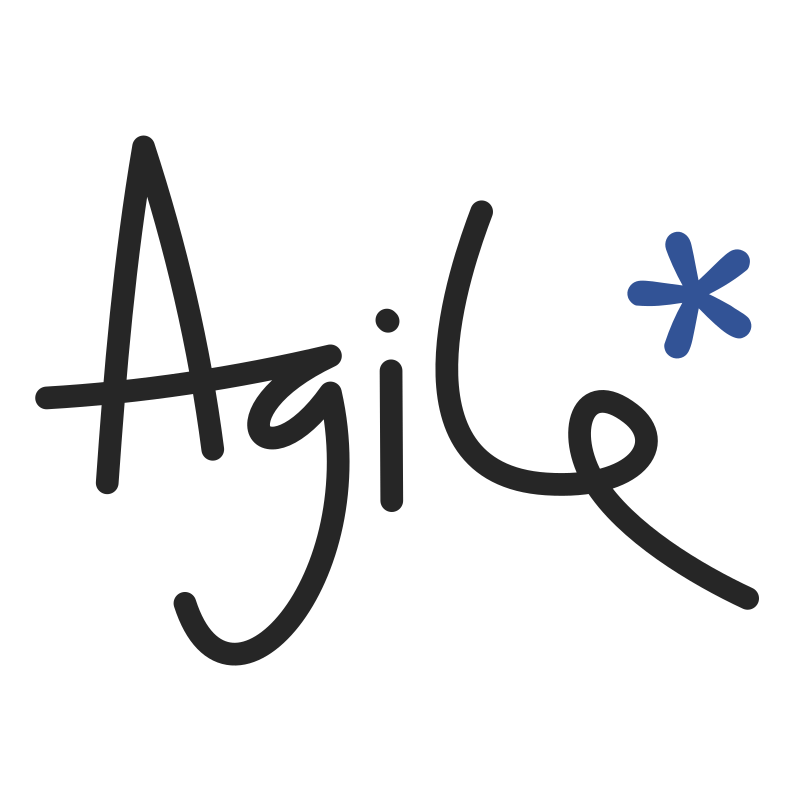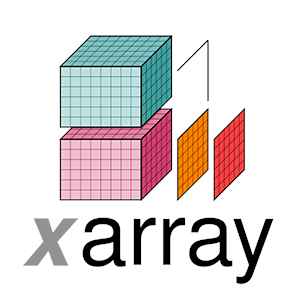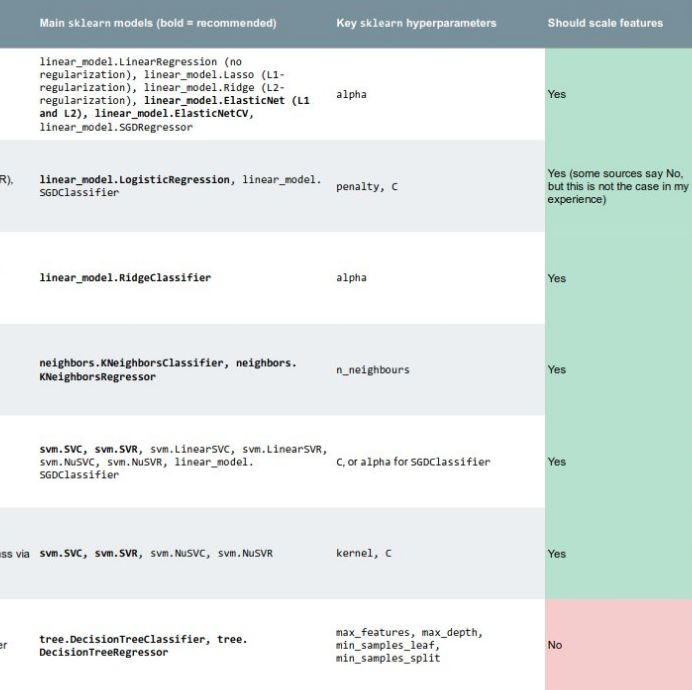Which open licence should I choose?
/I’ve written about open data a few times recently. And not-so-recently. And there’s been quite a bit of chat about open subsurface benchmarks in the Software Underground recently. As more people consider openly releasing data — or code, or other content — one question comes up fairly often is: Which licence should I choose?
I’ll start at the beginning, and I am not a lawyer, but this is going to be very high level. So do click on the links to read more.
What is copyright?
You automatically own the copyright to anything original that you create. You don’t have to register it, but the thing you made — and it must be a thing, you can’t copyright ideas — must be original. It could be a photo, a song, or a seismic interpretation. Physical measurements with no creative input, such as well logs, are not copyrightable… but a database consisting of such data is (so-called database rights). Your rights are exclusive, worldwide, and last until some years after you die (it varies).
If someone wants to use your work, even if they just found it on the Internet, they must either claim Fair Use, or seek permission from you. Giving permission means granting a licence; it can be as restrictive and arcane as you want.
If you don’t want people bothering you about licences, or if you want to actively encourage people to use and adapt your work, you can preemptively grant an open licence.
What is openness?
Before you start thinking about licences, there are two more big things to learn about:
What is open? Not all licences, not even all Creative Commons licences, meet the Open Definition. In brief, this states that “Open data and content can be freely used, modified, and shared by anyone for any purpose” — you can’t restrict people based on their use case or location. So licences that forbid commercial application are not open.
What is permissiveness? Once you’ve decided to go open, you need to decide where you stand on permissiveness. Some licences, notably those advocated by the GNU Free Software Movement, compel licensees (users) to preserve the openness of the work in any future redistribution. This ‘viral’ condition is sometimes called copyleft.
In some circles, a near-religious war smoulders on the permissiveness issue. You need to make up your own mind where you stand, or at least understand the issues.
By the way, granting a licence does not mean giving up your rights. In fact, you must own the copyright in order to grant the licence. Many scientists don’t realize we’ve been giving away the copyright in our work for decades, as a (completely unnecessary and made up) condition of publication.
Another source of confusion: open licences are also not the same thing as public domain. Public domain means that the work is free from copyright restrictions. In general though, it cannot be applied to a copyrighted work (though CC0 tries to relinquish copyright where possible). For example, On The Origin of Species is public domain, as is most work produced by the United States government (for example, by the USGS).
One last thing: an often overlooked aspect of licensing is protection for you, the licensor. All common licences include language that indemnifies you from misuse or misinterpretation of your work. So be careful about putting your stuff ‘out there’ with anything other than a standard licence: you may be leaving yourself open to liability issues later.
Open licences
Rather than writing a lot of stuff that’s been written by smarter people than me, I thought I’d draw a diagram to try to explain the differences between some common licences (there are certainly a lot more than the ones I mention here).
Just to re-iterate: there are a lot more licences than the ones mentioned here, these are just examples.
What do I recommend?
For content, my personal belief is that CC-BY most aptly captures the way science works. Scientists 'build on the shoulders of giants' by re-using the work of others with fastidious attribution, usually by citation. Accordingly, the CC-BY protects the licensor, ensures attribution, and that's it. If you prefer copyleft licences, the equivalent licence is CC-BY-SA.
But Creative Commons recommend against using CC licences for source code, so what should you do then?
For code, the permissive licence closest to CC-BY is the MIT/BSD/Apache family of licences, of which only the Apache 2.0 licence offers some specific protections with respect to patents (in particular, it protects licensees from ‘upstream’ patent infringements). The equivalent copyleft licences are the GPL (for applications) and LGPL (for libraries).
For data, I tend to use CC-BY, but there are some specialist data licences (beware, they are poorly named in my opinion: the seemingly ‘vanilla’ ODbL is copyleft; the permissive equivalent is ODC-By).
What about mixed content, like a Jupyter Notebook? You have to be practical; maybe it depends on whether you consider your notebooks to be 'content' or 'source code'. I sometimes put at the bottom of a notebook something like Open source content. Text is CC-BY, code is Apache 2.0 and I think this makes my intent clear.
Tools
There are some tools around to help you make a choice of licence:
Licence selector for open source software or data.
Choose a CC Licence for open content (images, text, perhaps data).
Choose a Licence for open source software.
TL;DR Legal has plain English summaries of popular software licences.
Last thing
Note that open licences are just one piece of the jigsaw puzzle of reproducible science and reusable content. You also need to think about open and accessible data formats (e.g. CSV not XLS), accessible content (DOIs and open indexes), and documentation.
Although insufficient, open licences are a necessary component though. And while licences can be changed, they cannot be revoked… so it’s worth putting some thought into your choices before you start pushing your content out into the world.
If it seems hard to navigate, do get in touch, we’d be happy to help if and where we can (notwithstadning IANAL). If your situation is at all complicated I recommend seeking professional legal advice — but do go out of your way to find one who understands both the motivation for, and the legal issues around, open licensing.

















 Except where noted, this content is licensed
Except where noted, this content is licensed